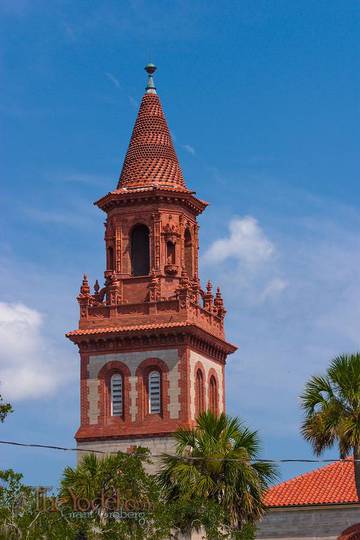St Augustine Florida
Known as the First City, St Augustine, Florida is a tourist haunt. I arrived there on a stifling day of the full moon and somehow managed to find my way to the Historic District simply by following the signs. Gosh those things are helpful and goodness what a lovely little downtown they have! The architecture is fantastic. Old Spanish-flavored stuff with terra cotta flourishes.
The history of the town is quite interesting. It is called the "First City" because it is. It was founded in 1565 by Don Pedro Menendez de Aviles. Actually, some French folk founded a settlement before Don Pedro showed up but his job was to stop their trespass. The two factions battled for a while and when the French finally surrendered, Don Pedro took them to the river and massacred them... nice fellow that Don Pedro. This, of course was before the Geneva Conventions of War so he could get away with it... besides, this was nothing compared to what the Spanish were doing to the natives in Hispaniola. Anyhow, the garrison that Don Pedro established on that day of St Augustine survived and continues to do quite well
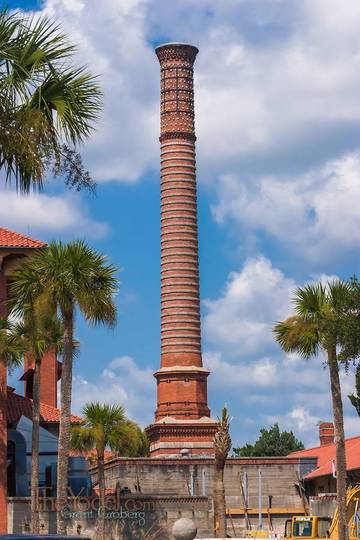
St. Augustine has had its ups and downs over the years. Sir Frances Drake stopped by one day to loot and burn the town, but the Spanish rebuilt it. They had some equally welcome visits by privateers over the years. But live and learn, after another unsuccessful onslaught in 1740 by the British and having gone without their Royal subsidy for a few years, then-governor Manuel de Montiano decided it might not be a bad idea to sponsor a privateer of his own to help fill the towns coffers. What the heck, with the British unwilling to trade for food, they might as well take it. In the last three months of 1740 Montiano's privateers sailing aboard the good ship Campeche captured over 40 British ships whose cargoes helped sustain the Spanish town.
The privateering went on through the end of the Seven Year War (1763) but all good things must come to an end. Because Spain had sided with the French against the British, they had to forfeit Florida in exchange for Cuba which Britain had captured. The Spanish residents were forced to evacuate and the Brits moved in.
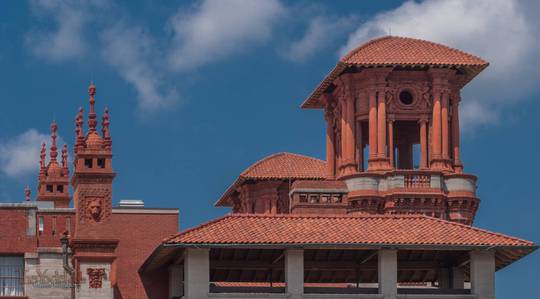
Such a lively time in history! Once the United States of America was recognized as an independent country in 1783, the British in St Augustine were forced to sell or leave their homes. St Augustine, once again, was in the hands of the Spanish.
The next bit is cute. In 1812 a group of "Patriots" showed up and demanded St Augustine be surrendered to them. These "Patriots" were representing landowners from Georgia and Alabama. The landowners were tiring of the incessant Indian raids that originated from the Spanish territories and the continuing escape of their slaves to the South. "Ha!" replied Governor Estrada. The "Patriots" were entirely overwhelmed by the logic of the Spanish retort and being entirely unprepared to wage battle properly went back home with their tails between their legs.
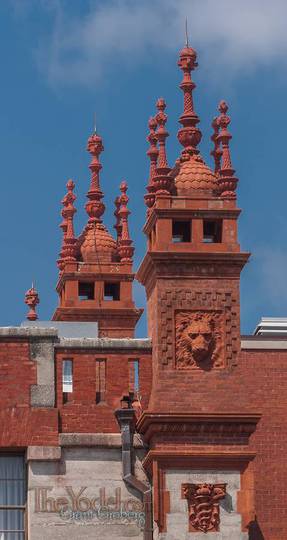
Never leave to amateur "Patriots" what you can hand over to mad-dog lawyers. Three years after the faux battle of the Patriots, Spain peacefully handed Florida over to the U.S.. John Q. Adams worked out a treaty with Spain claiming Spain owed the U.S. $5 millions in restitution for the loss of slaves and damage done in the Indian raids. Spain handed over Florida in exchange for dropping the claims. They handed over the keys in 1821 and Florida was annexed to the U.S..
That's a basic roundup of how we acquired Florida. Next is some cool stuff. In 1884 one of the richest men in America was Henry Flagler. He was a co-founder of Standard Oil of New Jersey. That year Flagler visited St Augustine to beat the cold of the Northern Winter. His visit inspired him to make St Augustine the location of his latest business idea, the Ultimate American Luxury Resort. He was a forward thinking man, as many of the Victorians were. He was captivated by the strength of a new building technique called "poured concrete." It was strong, versatile and cutting edge. With the talent of architect Thomas Hasting, he built the Ponce de Leon Hotel in Spanish Renaissance style. With massive twin towers and terra cotta filigree. He also built the Alcazar Hotel and funded a railroad bridge across the river and a fancy train station which linked St Augustine all of the way to New York. He also funded the replacement of two churches, a Hospital and the City Building giving the city a beautiful unity in look.
So there it is: a condensed history of St Augustine...
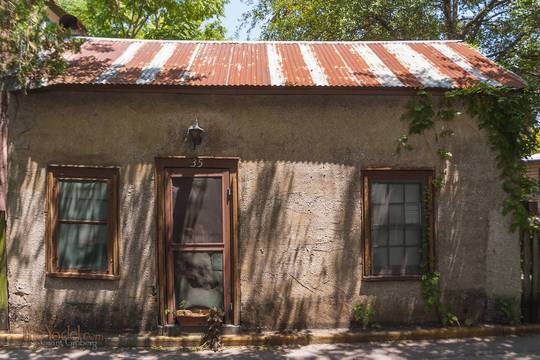
I met a friend in St Augustine and we went to a restaurant called Salt Water Cowboys. It is a seafood joint that is built over the marshes. On some nights they put on a show feeding stray cats to the alligators that live in the marsh--no, actually that's a lie, I was just seeing if you were paying attention. The restaurant is on the island that lays between St Augustine and the ocean. Driving back we stopped at one of the white sand beaches and I was able to catch my first view of the Atlantic Ocean on this trip. My friend has been living in and around St Augustine for over 20 years. When walking up to the beach she was describing it as a rocky beach and the waves go almost all of the way to the breaker wall. My, was she surprised to see all of that white sand. It was a whole lot of white sand. The waves were now braking about 50 yards from the breaker wall. The sand was piled hugely high and it went on for miles. Where all of the sand came from I have know idea, I can't imagine trucking it in, it would have taken thousands of truck loads. Yikes.
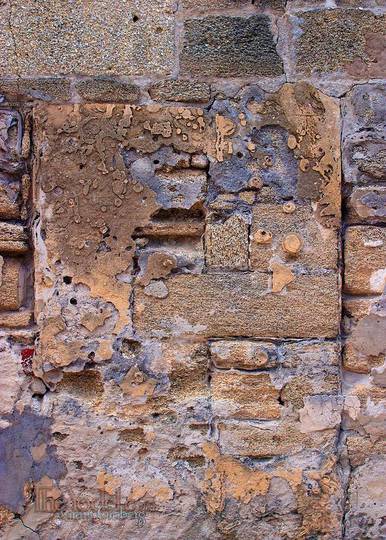
Later, My friend took me to a beach to the North side. The sand there is called coquina and has a large percentage of shells in its makeup. The coastline bends in at that place and the water before that beach was smooth as glass and black as could be under the bright full moon. It was too much for me to take. I stripped off my clothes and ran into the surf for a swim. I even got a haiku from it:
Obsidian sea
Sky lunar fullness
I swam along and mooned back.
I have never just plain swum in the ocean. I have scuba dived and played at the edge, but where I grew up in Northern California, there is an undertow and a rip tide at most of the beaches and the water is flipping cold--perhaps the latter factor than the former is the reason I never swam there. Yeah, cold water... a very good reason not to immerse yourself in it. The water of the Atlantic was amazingly warm! Since it was too dark to see sharks I didn't worry about them and simply enjoyed the swim; floating on my back looking up at the full moon. It was lovely. My friend temporarily disowned me and walked a ways up the beach... If the cops decided to show up and arrest me for indecency she didn't know me.
An amusing follow up. A few days later I received an email from my friend:
"I told my girlfriend the other night I took you to see Vilano beach and she said Oh god I hope you didn't go in! I was shocked and said why??? She said they were over to the right from where we were by the jetties swimming and a BIG shark zoomed right passed them and right as they got out they saw him circle back!"
But I wasn't worried, had there been a shark nearby I would have heard the music

